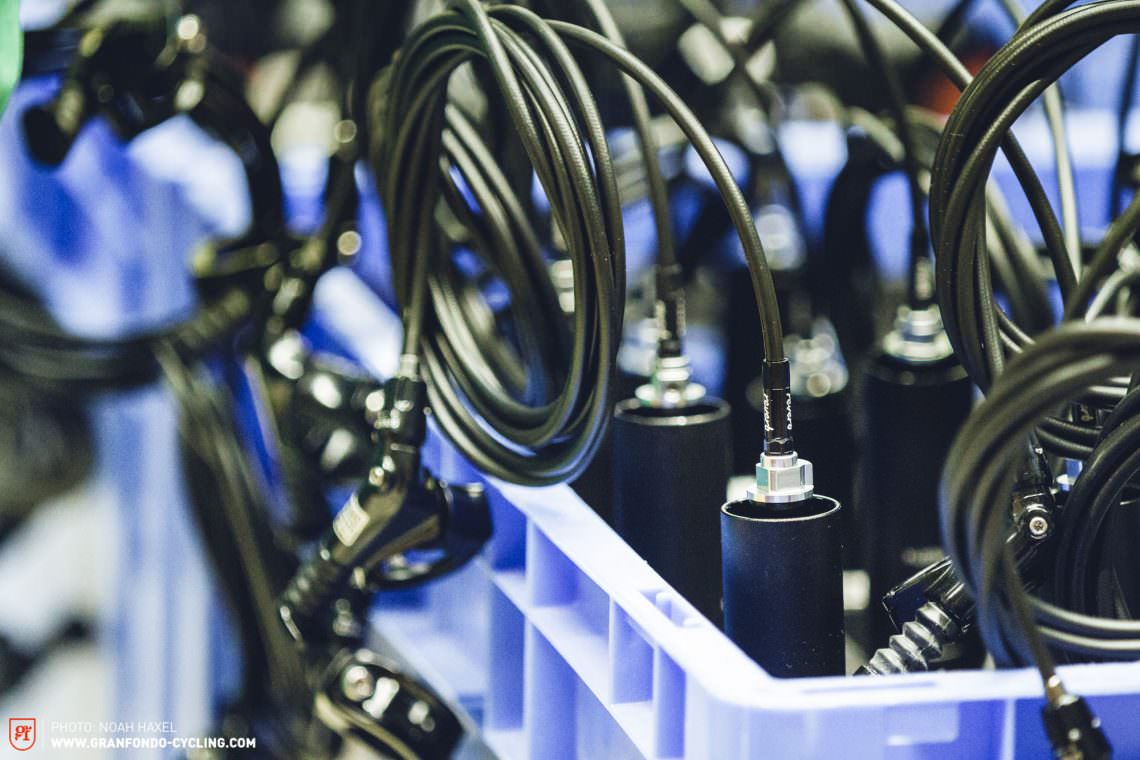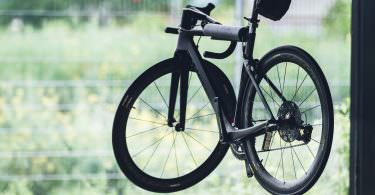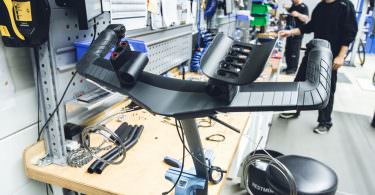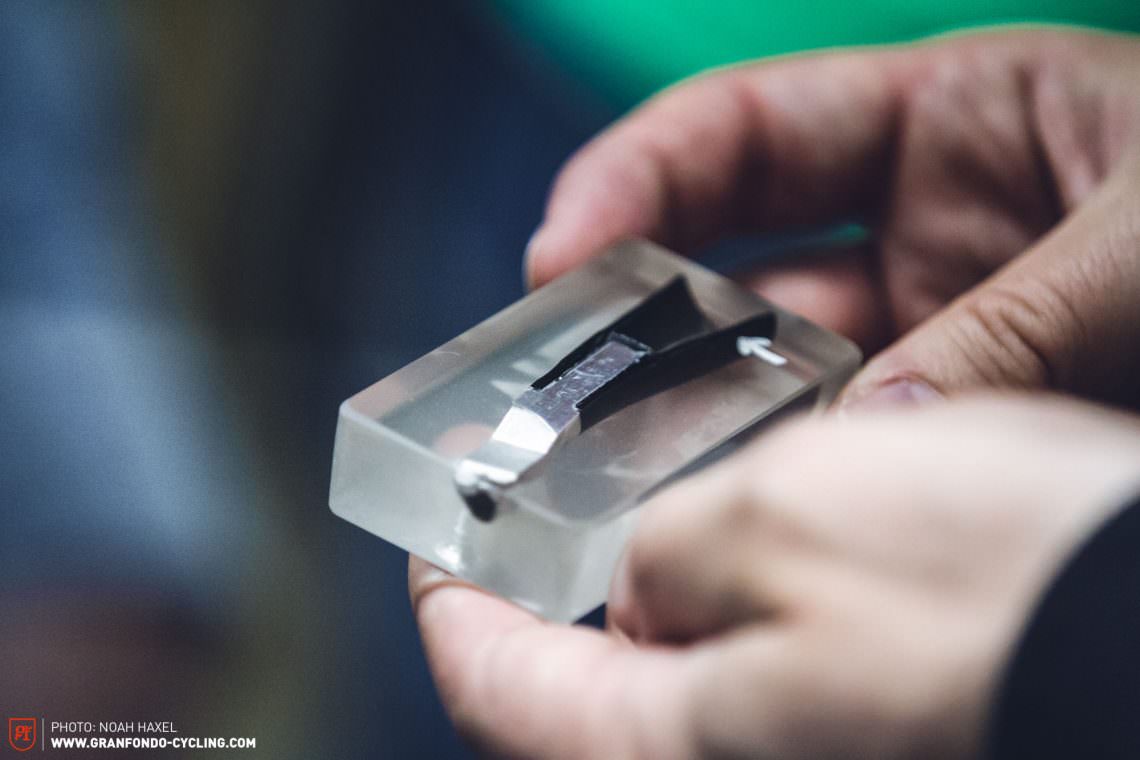Online shopping is en vogue and it seems like there’s nothing that can evade our clutches on the Internet. From groceries to 3D printers and shoes, road bikes are just another of the many products that we drop into our baskets, along with derailleurs, wheels and bar tape, of course. We headed to the cycling world’s leading direct order company at their home in Germany’s Koblenz for a sneak-peek behind the scenes of Canyon, wondering what happens when we put one of their bikes in our baskets.

Founded in 1985, Canyon really cemented their position on the market after a fairly momentous re-branding in 2007, putting the original derision that had originally met their bikes to rest. Their direct order approach was initially hard for some to fathom, but the Koblenz-based company persisted, successfully carving out their own route within the industry, armed with cardboard boxes and incredible value for money. Fast-forward to the present day, and the perception of Canyon has changed drastically, boasting a reputation for producing some of the industry’s most innovative and popular bikes. In Germany alone, they dominate the market with a 30% chunk of it relying on their bikes. As a brand they haven’t just made steps to revolutionize manufacturing, but also logistics and quality control (and while you might cite those long waiting times, these teething problems have been resolved). We headed up to Koblenz for a look behind the scenes at the latest addition to their HQ dedicated to logistics and production as well as ultra-modern testing facilities.

From trucking with wares to sell from founder Roman Arnold’s mobile bike parts trailer to a turnover in 2014 of € 118.8 million, Canyon claim they’re now growing at 30 % each year – but as with any growth, it isn’t always a simple case of more is better. The widely documented issues with lead times even resulted in a personal apology from the founder. Fortunately, the new factory should mean an end to the seemingly endless wait. The new assembly line is equipped for 375 bikes each day, and the company has armed itself with all the necessary tools to meet further growth. Plus, should it prove necessary, there’s even excess land next to the new facilities that’s up for sale.

The company is able to assemble, finish and deliver up to 14,000 bikes these days – plus keep them in stock. Of course, before anything leaves the terrain, the frames and components work their way along a pretty substantial production line.

Every single component is catalogued and meticulously coded, be it a tube or a whole frame; the company know where every single part can be found – so when call appears on a staff member’s tablet from below for a certain part, they’re able to seek out and send down the right part in a lift directly into the assembly hall. We won’t deny that it’s a fairly complex software system for handling the wares and orders, but it works. Every single part is fastidiously organized, available within a matter of minutes and ready to be assembled or shipped. Canyon may have found a way to keep prices down with their direct order approach, but they definitely haven’t scrimped when it comes to production.



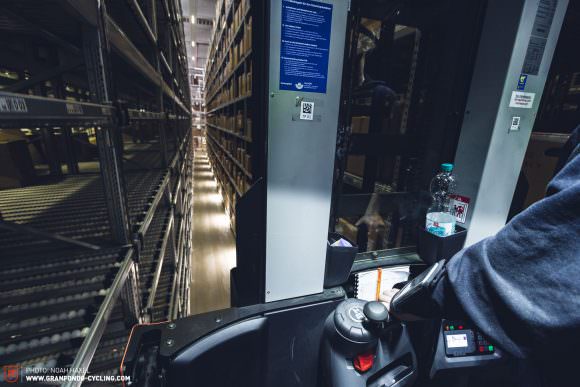




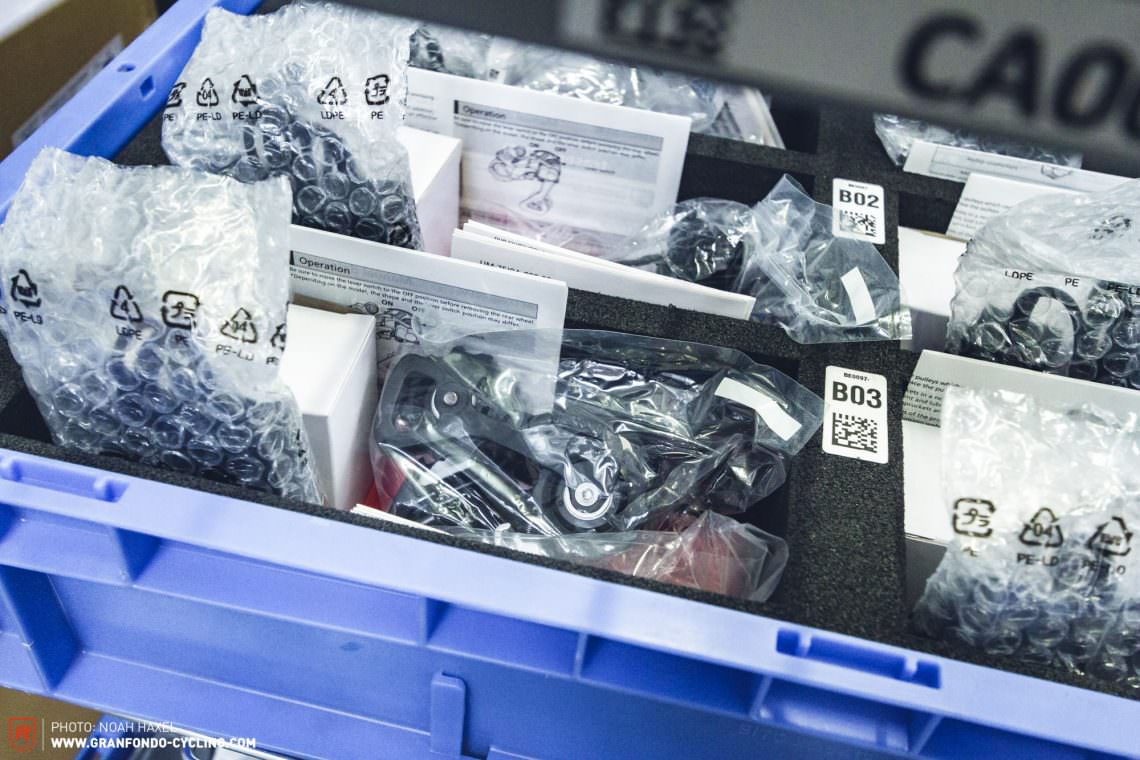

After getting through quality control, the frames are ready for the assembly hall. The derailleur and the headset are fitted. If any defects are spotted, Canyon send the bike back to paint.

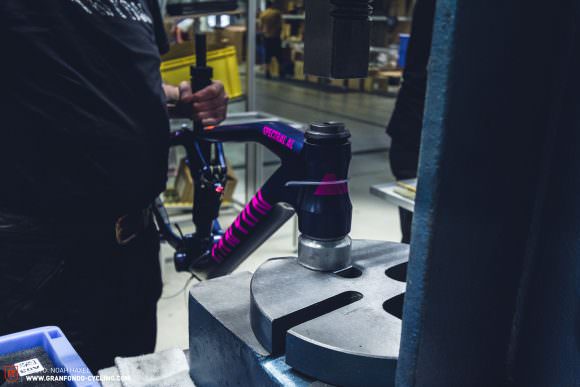

While the frame is being worked on, the tires are mounted onto the wheels, controlled and prepped for the next stage of assembly. The bike is now ready to head into the home straight, where all the components are fitted to the bike before it’s taken for a short test ride – then promptly prepared for shipping (i.e., partly disassembled).


If the bikes don’t go straight to the warehouse then they might make a detour to the nearby Canyon showroom, resplendent in ultra modern fresh-looking steel, glass and sharp lines. A Lamborghini wouldn’t be out of place here, but fortunately this Koblenz showroom only has room for bikes. As we’re escorted out of the showroom with glossy eyes, it’s evident just how far removed Canyon are from the adage of style over substance: behind the closed doors there’s a hive of activity with development and quality control. So there’s the substance, we note.







Those who are permitted entry can stroll through a zone of destruction, noise and expensive machinery: we’re talking about the test labs where the prototypes are put through their paces – both statically and dynamically – before being x-rayed. As no Canyon bars on production bikes can leave this building with a defect, Canyon have their own CT scanner, which x-rays around 250 bars (and bar-stem combos) per day. It’s enough to make a surgeon jealous!







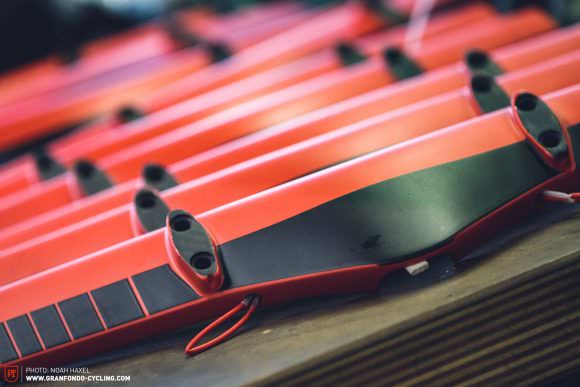


Europa, Australia and heading stateside come 2017: Canyon keeps marching on with persistence. And deservedly so: as a brand, their bikes consistently (out)perform in tests and they appear to have tackled their delivery issues. Not content resting on their laurels, the German company also have a hell of a lot in the pipeline to keep at the head of the pack.
Did you check out our test of the Canyon Endurace CF SLX yet?.
More information can be found on the Canyon Website.
Did you enjoy this article? If so, we would be stoked if you decide to support us with a monthly contribution. By becoming a supporter of GRAN FONDO, you will help secure a sustainable future for high-quality cycling journalism. Click here to learn more.
Words & Photos:











